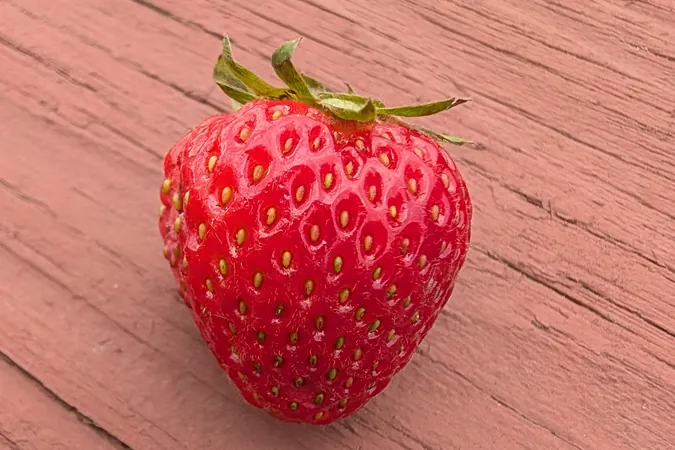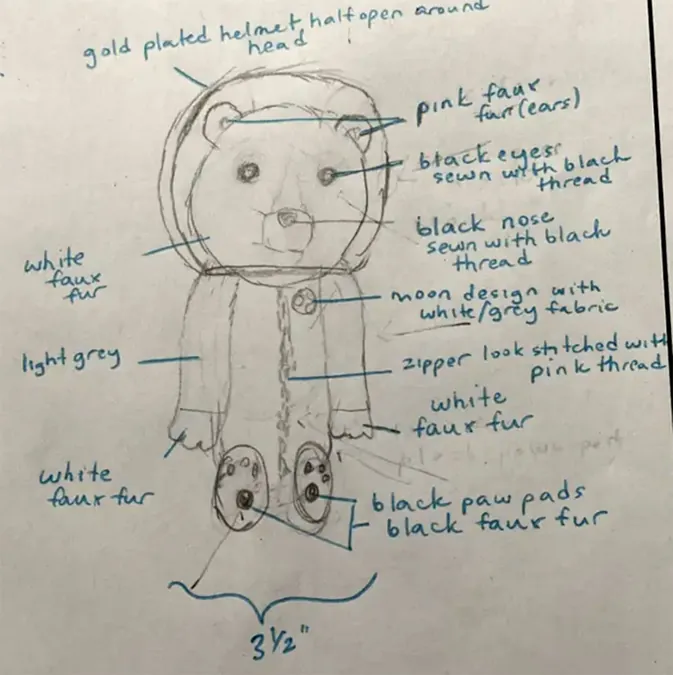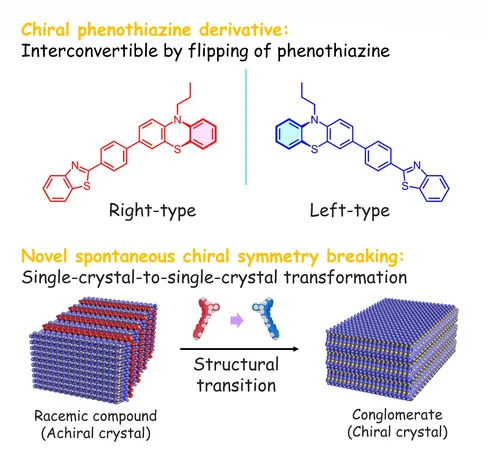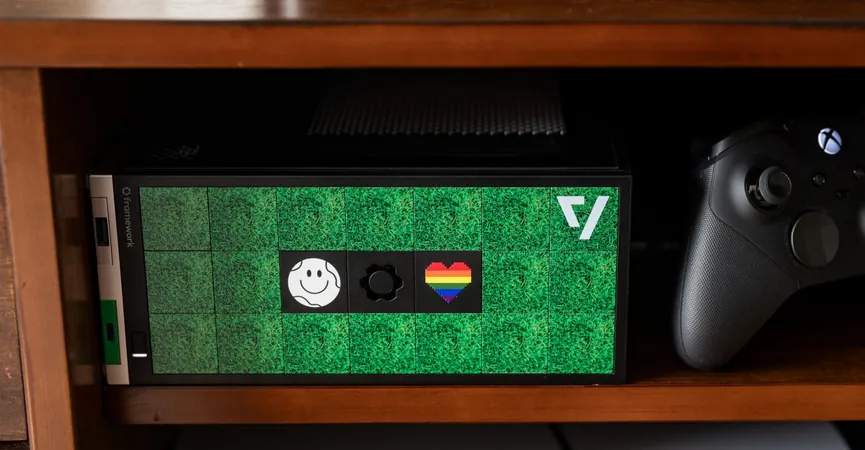
Unlocking the Mystery of the Pixel 10 Pro’s ‘Pro-Res Zoom’: Are These Real Photos or Digital Dreams?
2025-08-30
Author: Jacob
The Pixel 10 Pro's Bold New Feature: ‘Pro-Res Zoom’
With the launch of the Pixel 10 Pro and its larger counterpart, the 10 Pro XL, Google has introduced a game-changing feature known as ‘Pro-Res Zoom.’ This technology amplifies the phone’s zoom capabilities beyond 30x by running your images through an AI processor. But here’s the catch: instead of refining actual details, it fabricates what it 'thinks' might be there, creating alluring but ultimately deceptive visuals.
AI Magic or Just an Illusion?
At first glance, the results can be impressive. Take a look at the stunning before-and-after images of a zoomed-in strawberry. The initial photo, captured at 50x zoom, features a lack of clarity typical of such high magnification. However, the ‘AI recreation’ transforms it into a beautifully detailed image, showcasing Google's knack for knowing what a strawberry truly looks like. While it’s impressive, it’s not exactly a photograph—it’s more like an artistic interpretation of one.
Caution: Details Can Disappear!
But when the original image lacks detail, the magic quickly fades. An attempt to zoom in at 94x resulted in a chaotic jumble of shapes and colors—stop signs appearing as ovals and letters dissolving into random splotches. This disconnect gives the visuals a surreal quality, reminiscent of trying to read in a dream. They're no longer photographs; they become mere hallucinations conjured by algorithms.
When Is a Photo Not a Photo?
While the Pro-Res Zoom offers intriguing results, those seeking genuine photography might be left wanting. Below the 30x mark, the Pixel 10 Pro excels, producing breathtaking images through standard algorithms that optimize light and color. It's no wonder that Pixel phones are lauded for their superior cameras, blending top-notch software with impressive hardware.
Transparency in AI Editing?
To give credit where it’s due, Google integrates C2PA (Coalition for Content Provenance and Authenticity) Content Credentials, embedding information about the AI modifications in the photo’s metadata. While they’re not trying to pull a fast one, it’s worth noting that not everyone checks metadata—and it can easily be removed.
The Final Verdict: Embrace or Avoid?
As for me, I prefer authentic photographs that reflect reality, not stylized interpretations. Although the Pro-Res Zoom demonstrates an innovative leap, it's unlikely that I’ll be using it extensively. As technology evolves, more manufacturers may adopt similar strategies, blurring the lines between reality and digitally-crafted images.
The Takeaway: Trust Your Eyes!
Ultimately, it’s up to you to determine what you trust: the images captured by your lens or those enhanced by clever algorithms. Whether real or imagined, the world of photography is rapidly changing—are you ready for it?









 Brasil (PT)
Brasil (PT)
 Canada (EN)
Canada (EN)
 Chile (ES)
Chile (ES)
 Česko (CS)
Česko (CS)
 대한민국 (KO)
대한민국 (KO)
 España (ES)
España (ES)
 France (FR)
France (FR)
 Hong Kong (EN)
Hong Kong (EN)
 Italia (IT)
Italia (IT)
 日本 (JA)
日本 (JA)
 Magyarország (HU)
Magyarország (HU)
 Norge (NO)
Norge (NO)
 Polska (PL)
Polska (PL)
 Schweiz (DE)
Schweiz (DE)
 Singapore (EN)
Singapore (EN)
 Sverige (SV)
Sverige (SV)
 Suomi (FI)
Suomi (FI)
 Türkiye (TR)
Türkiye (TR)
 الإمارات العربية المتحدة (AR)
الإمارات العربية المتحدة (AR)